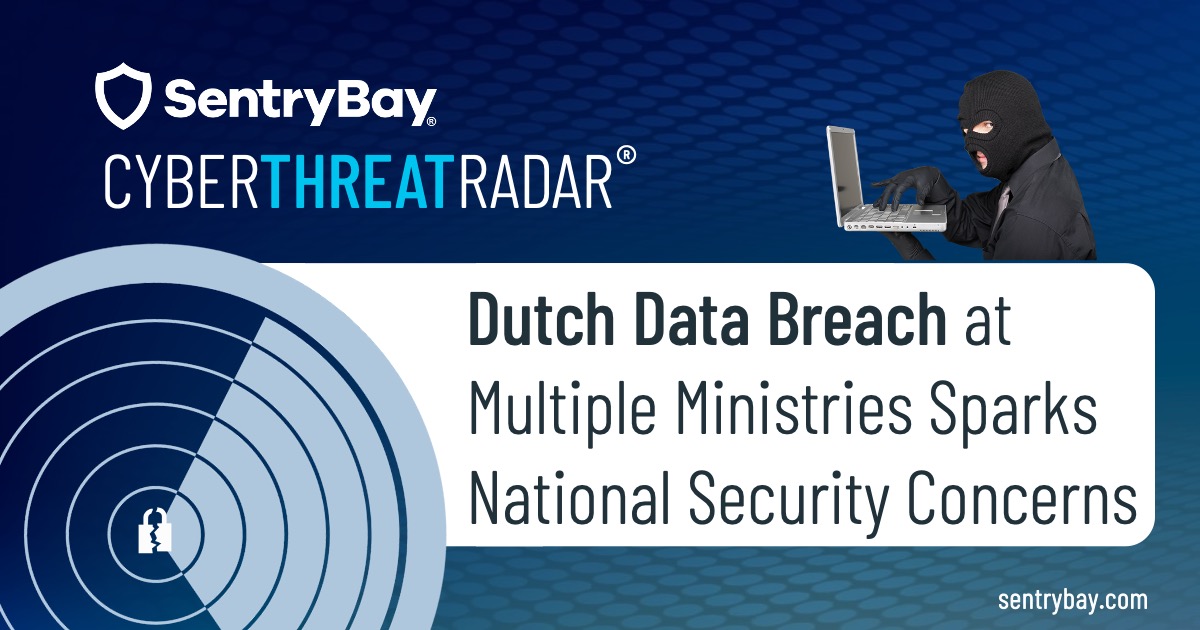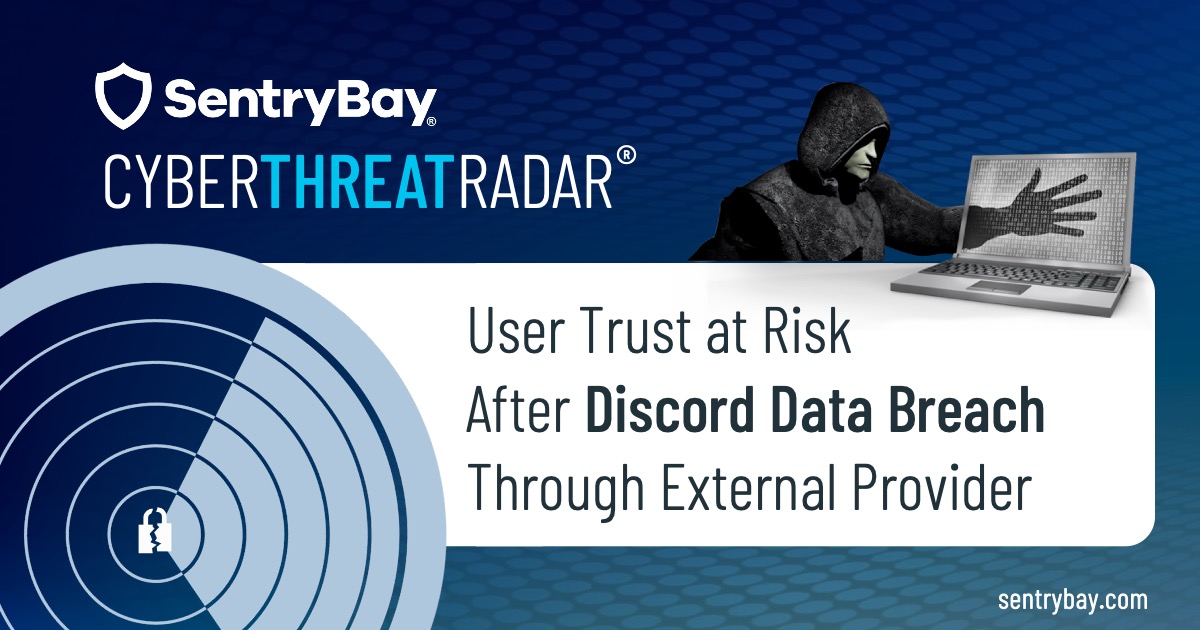
Cyber Threat Radar – A major Dutch data breach affecting several government ministries is under active investigation, raising serious concerns over the cybersecurity posture of public sector agencies in the Netherlands.
Although details remain limited, officials have confirmed that the leak may involve sensitive information and could potentially impact operations across multiple departments.
The Ministries of Economic Affairs and Climate and Green Growth have confirmed their involvement, while the Ministry of the Interior acknowledged the situation has their “full attention.” Additional ministries may also be affected, according to reports by Dutch media outlet BNR.
Investigation Underway, Scope Still Unknown
The Dutch Interior Ministry has initiated a formal investigation, assembling an internal team and activating the nation’s data leak response protocols. While the nature and full extent of the breach are still under assessment, officials have refrained from releasing specifics to avoid compromising the investigation.
“We are now going through the data leak procedure,” a spokesperson told news agency ANP. “The situation and the size are still being investigated.”
The Dutch Data Protection Authority has also been notified, as required under GDPR regulations. Whether the leak involved personal data or was part of a targeted cyberattack remains unconfirmed.
A Pattern of Escalating Attacks on Government Agencies
This latest incident follows a worrying trend in the Netherlands and beyond. In 2024, Dutch national police suffered a large-scale data breach that was attributed to a state-sponsored threat actor. That attack involved the exfiltration of “work-related contact details” from a database of 65,000 officers, including email addresses, phone numbers, and other private information.
At the time, Dutch intelligence services warned that the attack was likely carried out by foreign operatives or actors acting on behalf of another country. The Dutch Police Union labeled the breach a “nightmare,” emphasizing the need for stronger cybersecurity and endpoint protection measures within government institutions.
Today’s breach only reinforces the message: threat actors are targeting state infrastructure with increasing frequency and sophistication.
Why Keylogging and Screen Capture Malware Are the Tools of Choice
While details of the Dutch data breach are still emerging, patterns from similar incidents suggest that infostealer malware is often the root cause. These tools use keylogging and screen capture techniques to silently harvest sensitive information, including:
- Login credentials for internal systems
- Access tokens for secure portals
- Screenshots of email conversations, documents, or video calls
- Sensitive citizen or employee data
Such techniques are highly effective because they can bypass traditional endpoint detection systems. The malware often mimics legitimate applications, uses DLL injection, and operates below the radar of antivirus and EDR tools—giving attackers unfettered access for extended periods before discovery.
Proactive Cybersecurity Must Begin at the Endpoint
The latest Dutch data breach underscores the urgent need for proactive, not reactive cybersecurity strategies. Government agencies, particularly those dealing with sensitive citizen data and interdepartmental operations, must adopt zero-trust models that assume breach attempts are inevitable.
This means implementing advanced endpoint protection, especially in today’s hybrid environments where BYOD, third-party contractors, and remote access are common.
SentryBay’s Armored Client: Proven Endpoint Defense for Government Agencies
To protect against infostealer malware, many government and critical infrastructure organizations are turning to SentryBay’s Armored Client, a proactive endpoint threat prevention solution that neutralizes the exact tactics used in breaches like this.
Key features include:
- Anti-keylogging: Blocks credential theft at the source by substituting randomized input
- Anti-screen capture: Prevents unauthorized screenshots of confidential systems and documents
- Selective screen sharing: Allows trusted applications while blocking surveillance tools
- Real-time protection: Operates at the OS level to stop zero-day threats before they cause damage
Available across:
- IGEL OS-powered devices
- Microsoft AVD and Windows 365 environments
Tim Royston-Webb, CEO of SentryBay, emphasized the scale of the threat:
“Data breaches targeting government agencies are increasingly driven by threat actors using silent but highly effective techniques like keylogging and screen capture. These methods allow attackers to extract credentials and confidential information without raising red flags. SentryBay’s Armored Client was built specifically to address these vectors, protecting systems at the endpoint level—before the data can be compromised.”
Dutch Breach Reinforces Global Need for Endpoint Security
The Dutch data breach is not an isolated event—it is part of a broader and intensifying assault on public sector infrastructure worldwide. Whether it’s government departments, law enforcement agencies, or critical infrastructure operators, the message is the same: You’re only as secure as your endpoint protections allow.



